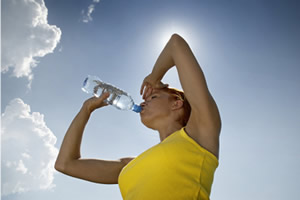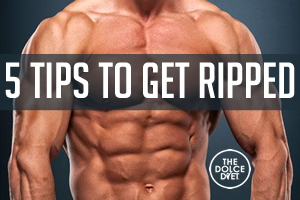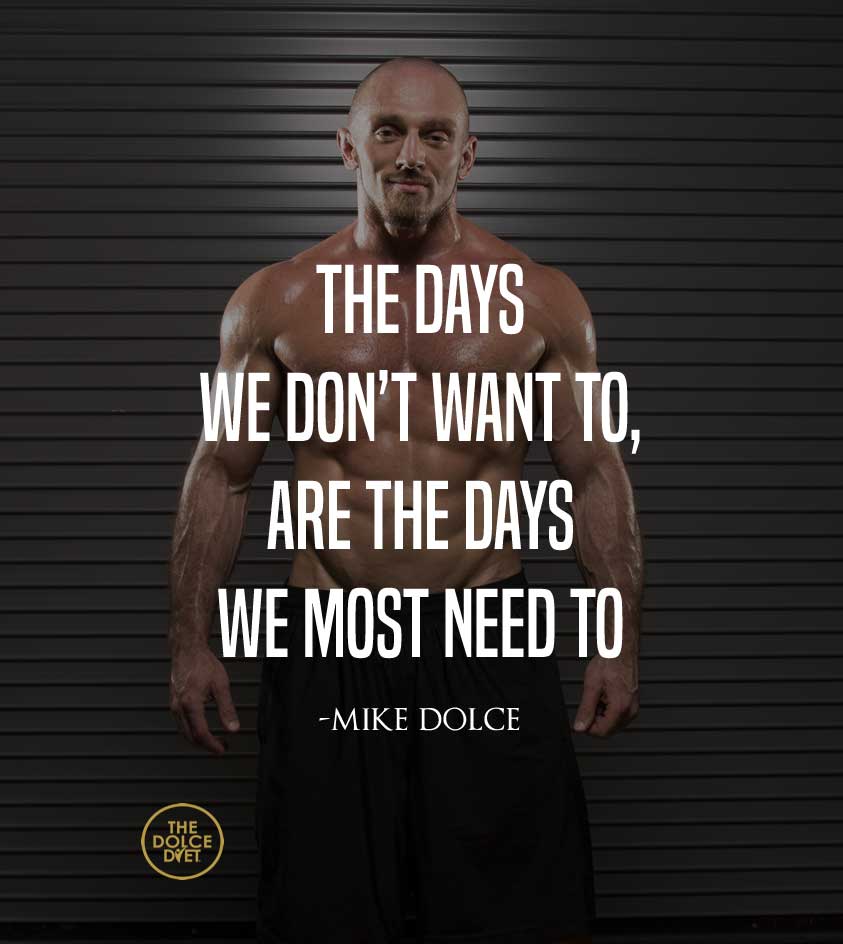Hydration Standards
by Samantha Wilkinson, MS, RDN, LD, Dolce Dietitian
Hydration is often a frustrating subject. The standards change so frequently and there is almost no hard and fast recommendation. The 8×8 has come and gone so many times it’s baffling. Many of the guidelines are based on the size of the athlete, their intensity level, the duration of their workout, their sweat rate, concentration of sodium loss and environment/climate at which the athlete is working in. We will try to make some sense of it for you and help you stay as hydrated as possible to keep you going before, during and after your workouts.
For the most part, the American College of Sports Medicine (ACSM) seems to have the most clearly defined recommendations on hydration levels. Their exercise physiologists spend countless hours testing athletes in the lab, getting as accurate information as possible.
Here are some guidelines:
Meal consumption improves hydration levels
-Don’t skimp on meals
-Fluid retention and intake increases with the presence of food
-Sweat losses need to be replaced, most of which can be replaced by the foods you eat
Fluids BEFORE Exercise
-Slowly drink 5-7 mL/kg body weight at least 4 hours before the exercise task
Example: 110 lbs. female = 50 kg, so she should try to consume 250 – 350 mL prior to her event
-If you do not urinate, or the urine is dark, you should slowly drink more liquids (approximately 3 – 5 mL/kg) about 2 hours before the event.
-It is very important to make sure you are producing urine while hydrating so as not to drown in your own body! It’s about BALANCE!! Equal input and output.
-Consuming beverages with sodium (20-50 mEq/L) and/or small amounts of salted snacks or sodium-containing foods may help retain consumed fluids and prevent an overload of sodium loss during exercise.
Fluid Replacement DURING Exercise
-Hard to recommended based on differences in sweat rates of individuals
-Average predicted sweat rates range from 4 to 1.8 L/hour
-Average recommendation for marathoners, for example, would be as needed from 0.4 to 0.8 L/hour
-Higher end for larger, faster individuals in warmer temperatures
-Lower end for smaller, slower individuals in cooler temperatures
-Keep up the carb consumption (for endurance athletes – exercise lasting > 90 minutes)
-30-60g carbs/hour to maintain blood sugar levels and prevent excessive sweat and electrolyte loss
-Goal is to lose no more than 2% body weight from starting body weight
Fluid Replacement AFTER Exercise
-Goal is to replace all fluid and electrolyte deficit
-2-3 cups (16-24 ounces) of fluid per pound of body weight lost through sweat
Rapid rehdyration
-1.5 L/kg body weight lost or 7 cups/lb of body weight lost
-Increased load accounts for rapid urine output (loss) to following rapid hydration
-Try to consume over time rather than in large doses to maximize fluid retention
-Consume fluids with snacks that have sodium to speed up recovery and ensure return to normal hydration status
Unfortunately, most recommendations are geared toward endurance athletes, like triathletes, since they go for so long without eating full meals and drinking regularly. If you are an athlete who participates in high-intensity, short-duration activities, hydrating prior is important and similar to the above recommendations. Hydration during activity should not be nearly as much in order to prevent GI distress, but enough that you feel satiated during the workout. Even during sprint intervals it’s ok to stop for a gulp of water. Mainly, try to drink when you feel that dry mouth sensation. And after exercise fluid replacement is still just as important, but maybe not at quite as large as the quantities outlined above. Get yourself some fluids, carbs and a little bit of protein to promote muscle recovery. The carbs and protein will help retain those fluids and electrolytes lost.
The main take away is to listen to your body and keep it satiated. If you feel thirsty, you’re already dehydrated. If you are someone who sweats a lot, you will need more fluid replaced. If you are someone who produces a lot of sodium in your sweat (you can actually see a light, white film on your skin), you will need more fluid replaced as well. You know yourself better than anyone, so use the guidelines that work for you!
Source: American College of Sports Medicine.






